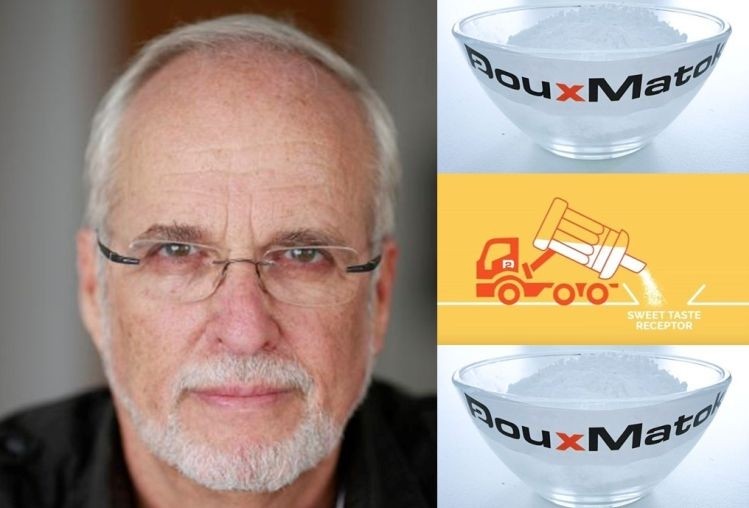DouxMatok gears up for US launch, tests next-generation enhanced sugar using fiber as a carrier

The firm – which struck a deal in 2018 with Südzucker to manufacture its sugar in Europe – said the deal with its North American partner would likely be announced in October.
Next-generation version of the technology uses a fiber as the carrier instead of silica
Founded in 2014 by Eran Baniel using technology developed by his father (who worked as a consultant with Tate & Lyle to develop sucralose), DouxMatok uses an inert mineral particle (silica) as a carrier for sugar molecules.
The sucrose molecules surround and coat the silica particle to form structures that human taste receptors perceive to be sweeter than a comparable amount of sugar in free unassociated form – enabling sugar reductions of up to 60%, depending on the application, although typical reductions range from 35-50%.
When DouxMatok sugar is consumed, the sucrose is metabolized as normal and the silica* (which is tasteless, odorless and calorie-free) passes through the body and is excreted.
However, a next-generation version of the technology using a more consumer-friendly fiber as the carrier is coming soon, revealed Baniel.
“In a couple of months we’ll be piloting the second generation DouxMatok, which is totally clean label,” he told FoodNavigator-USA.
“It’s not been made public yet but I can say the carrier is a fiber. And it’s actually slightly more effective than silica in certain applications.”
Looks, tastes, and behaves like sugar
While DouxMatok sugar doesn’t work its magic in beverages or applications with high water activity (sugar is water soluble so the above-described structure breaks down) it’s attractive to product developers because it performs (you can freeze it, heat it, bake it) - and tastes – just like regular sugar.
It can also be listed as ‘sugar’ on the ingredients list (the silica serves as an incidental additive in the US and does not have to be included on labels, although firms may wish to reference it in the interests of transparency), said Baniel.
“We’re working on trying to find a version of DouxMatok that would work or be protected in high water activity products, but we’re not there yet.”
Application opportunities
DouxMatok has had particular success in chocolate, chocolate spreads, baked goods and soft confectionery such as vitamin gummies, said Baniel.
As less sugar is required to deliver the same sweetness, formulators typically have to add bulking agents, so working with CPG partners to formulate clean label products that really deliver on a sensory and nutritional front has been key in recent months, he said.
“You need to come up with a system, so there’s a minus [less sugar], but you also have to have a plus. Are you bringing in more plant-based protein, more fiber, for example? You can’t just cut the sugar and expect a miracle to happen, so we’ve used the last few months to grow our applications team.”
COVID-19
COVID-19 has in some respects increased pressure on firms to reduce sugar in processed foods, as people dealing with obesity are at higher risk from complications from the virus, he said.
However, many consumers initially responded by eating more junk food to deal with the stress and anxiety of the lockdown and resulting economic pressures: "There's a disconnect there."
*Silica is a GRAS (generally recognized as safe) food additive that is widely used in the food industry as everything from an anti-caking agent to an emulsifier (currently the FDA permits the use of silicon dioxide at up to 2% by weight of a food).
DouxMatok was founded in 2014 by Eran Baniel. His father, Avraham Baniel, who worked as a consultant with Tate & Lyle to develop sucralose, came up with the technology underpinning DouxMatok (which means ‘double sweet’ in French and Hebrew) in his nineties.










